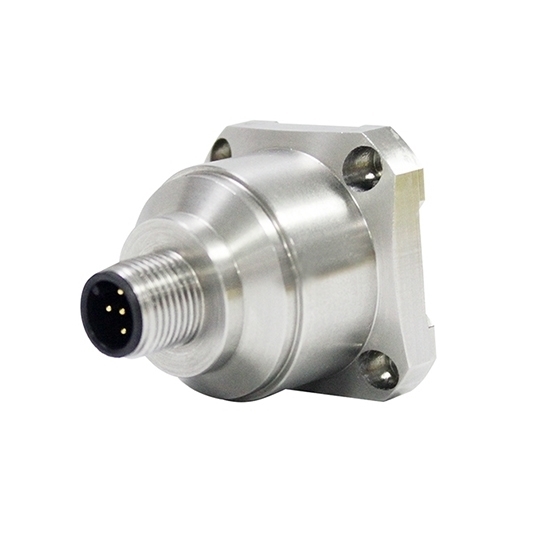
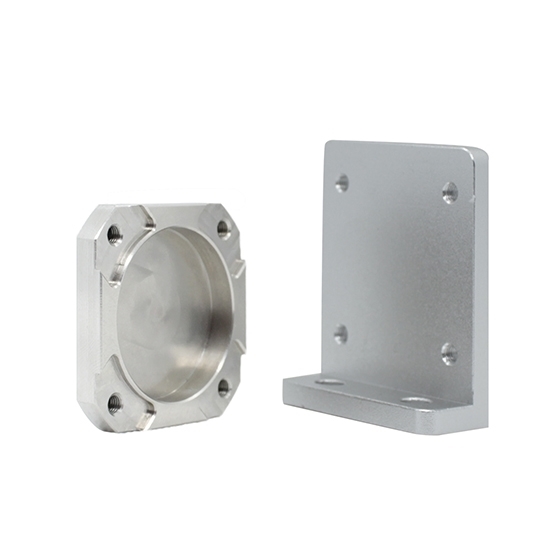
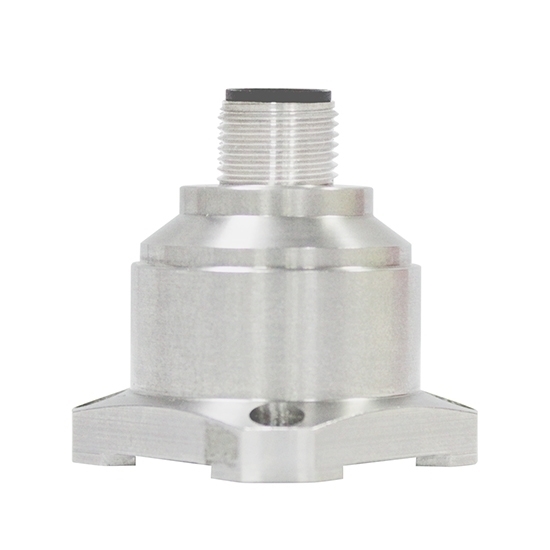
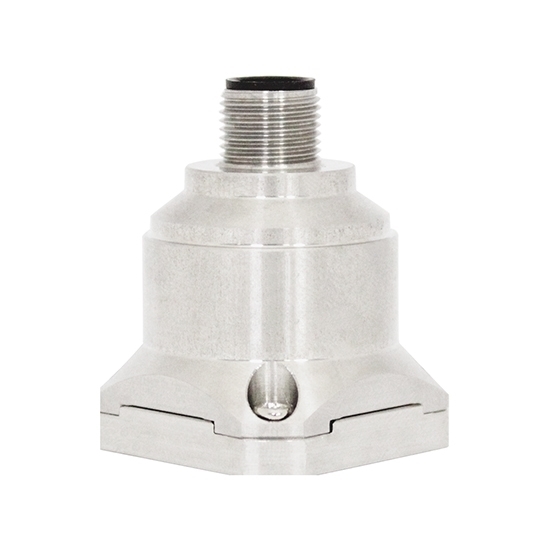
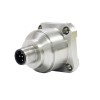
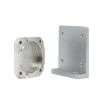
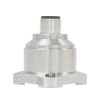
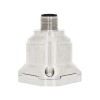
- Stock: In Stock
- Model: RDDLZ-AS-AKF390
- Weight: 1.00
- SKU: RDDLZ-AS-AKF390
Available Options
3-axis accelerometer sensor with cross-axis sensitivity 1%/ 2%, six measuring range can be chosen. It has advantages of strong structure, low power consumption and excellent deviation stability, which guarantees outstanding output reliability.
Parameters
| Model | RDDLZ-AKF390 | |||||
| Measuring Range | ±2g | ±4g | ±8g | ±10g | ±20g | ±40g |
| Sensitivity | 1250±10% (mA/g) | 625±10% (mA/g) | 312.5±10% (mA/g) | 250±10% (mA/g) | 125±10% (mA/g) | 62.5±10% (mA/g) |
| Nonlinearity | <0.5% FS (highest) | <0.5% FS (highest) | <0.8% FS (highest) | <1% FS (highest) | <1% FS (highest) | <1% FS (highest) |
| Lateral Vibration Sensitivity Ratio | 1% | 1% | 2% | 5% | 5% | 5% |
| Deviation Temperature Coefficient | 0.01%/°C (typical value) | 0.01%/°C (typical value) | 0.01%/°C (typical value) | 0.05%/°C (typical value) | 0.05%/°C (typical value) | 0.05%/°C (typical value) |
| Cross-axis Sensitivity | 1% | 1% | 1% | 2% | 2% | 2% |
| Resonance Frequency | 2.4kHz | 2.4kHz | 2.4kHz | 5.5kHz | 5.5kHz | 5.5kHz |
| Noise Density | 21μg/Hz | 21μg/Hz | 21μg/Hz | 86.6μg/Hz | 86.6μg/Hz | 86.6μg/Hz |
| 0g Output 2.5V | <0.01mV | <0.01mV | <0.01mV | <0.008mV | <0.008mV | <0.008mV |
| Bandwidth | 1000 (3Db) (Hz) | |||||
| Resolution/Threshold | <1@1Hz (mg) (highest) | |||||
| Deviation Calibration | <1mg (max) | |||||
| Measuring Axis | X, Y, Z | |||||
| Up/Off Power Repeatablity | <2mg (max) | |||||
| Reliability | MIL-HDBK-217, Grade 2 | |||||
| Shock Resistance | 100g@11ms, Triaxial and Identical (Half Sine Wave) | |||||
| Recovery Time | <1ms (1000g, 1/2 Sin 1ms, Shock Acting On The i Axis) | |||||
| Vibration | 20g Rms, 20-2000Hz (Random Noise, o, p, i Per Axis For Action 30 Minutes ) | |||||
| Input | 9-36 VDC (Vdd_Vss) | |||||
| Current Consumption | <60mA @ 12 VDC | |||||
| Connector | Industrial standard M12 connector | |||||
| Weight | 73.5g | |||||
| Dimension | 34.3*34.3*38.5mm | |||||
| Certificate | CE | |||||
| Warranty | 12 months | |||||
| Certificate | CE | |||||
| Warranty | 12 months | |||||
Dimension (unit: mm)
Details
Dimension of Mounting Fittings (unit: mm)
Electrical Connection
Applications
Tips: Selection Guide of Triaxial Accelerometer Sensor.
1. Output type
This is the first thing to consider. This depends on the interface between your system and the accelerometer. Generally, the voltage and acceleration of the analog output are proportional, for example, 2.5V corresponds to an acceleration of 0g, and 2.6V corresponds to an acceleration of 0.5g. Digital output generally uses pulse width modulation (PWM) signals.
If you use a microcontroller with only digital inputs, such as BASIC Stamp, then you can only choose a digital output accelerometer, but the problem is that you have to take up an extra clock unit to process the PWM signal, and it is also for the processor. A big burden.
If the microcontroller you are using has an analog input port, such as PIC/AVR/OOPIC, you can easily use an acceleration sensor with an analog interface, all you need is to add a command similar to "acceleration=read_adc()" in the program , And the speed of processing this instruction is only a few microseconds.
2. Number of measuring axes
For most projects, the two-axis acceleration sensor can already meet most applications. For some special applications, such as UAV and ROV control, a three-axis acceleration sensor may be suitable.
3. Maximum measured value
If you only need to measure the inclination angle of the robot relative to the ground, a ±1.5g acceleration sensor is sufficient. But if you need to measure the dynamic performance of the robot, ±2g should also be sufficient. If your robot will suddenly start or stop, then you need a ±5g sensor.
